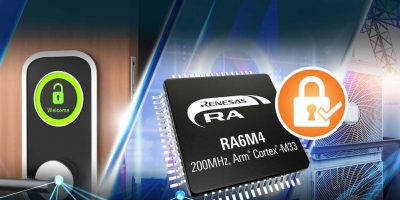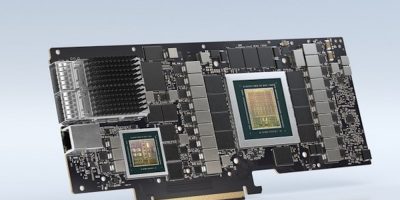Microchip claims to have overcome the problems of implementing multi-channel system control or signal outputs using DACs in portable and handheld industrial, communications, consumer or medical systems. To overcome the need for significant processor overhead for device configuration during power-up, the MCP47/48FxBx8 family of octal 12-bit DACs include non volatile memory and an integrated voltage reference (Vref) source so they can be pre-configured for safe and efficient power-up without relying on the system processor.
“Handhelds and other portable systems are expected to deliver more capabilities in smaller, simpler designs,” said Bryan J. Liddiard, vice president of Microchip’s mixed-signal and linear business unit. “We help achieve this goal with the first DACs that eliminate processor overhead during power-up and provide the channel density, low power consumption and integrated features that today’s compact systems need so they can operate over longer periods using smaller, lighter batteries,” he added.
The inclusion of non-volatile memory means that the MCP47/48FxBx8 DACs can store user-customised configuration data even when powered down. At power-up, all eight channels are then configured to the pre-defined state without burdening the system processor with this overhead.
Integrating a Vref source into the DACs reduces overall system size and complexity while providing the control to meet critical timing for safely driving all power outputs. The devices also have both SPI and I2C serial interfaces for a choice of device communication.
Operating voltage range is 1.8V to 5.5V and the DACs’ low minimum operating voltage and its power efficiency are claimed to improve thermal performance and reliability. The DACs also provide power-on/brown-out reset protection and what is claimed to be one of the industry’s fastest settling times at five micro seconds. They also operate in the extended temperature range (i.e. -40 to +125 degrees C) for industrial and automotive applications.
The MCP47/48FxBx8 family of DACs is available for volume orders. The family includes 8-, 10- and 12-bit resolution devices in a 20-lead VQFN 5.0 x 5.0mm package and a 20-lead TSSOP package.







